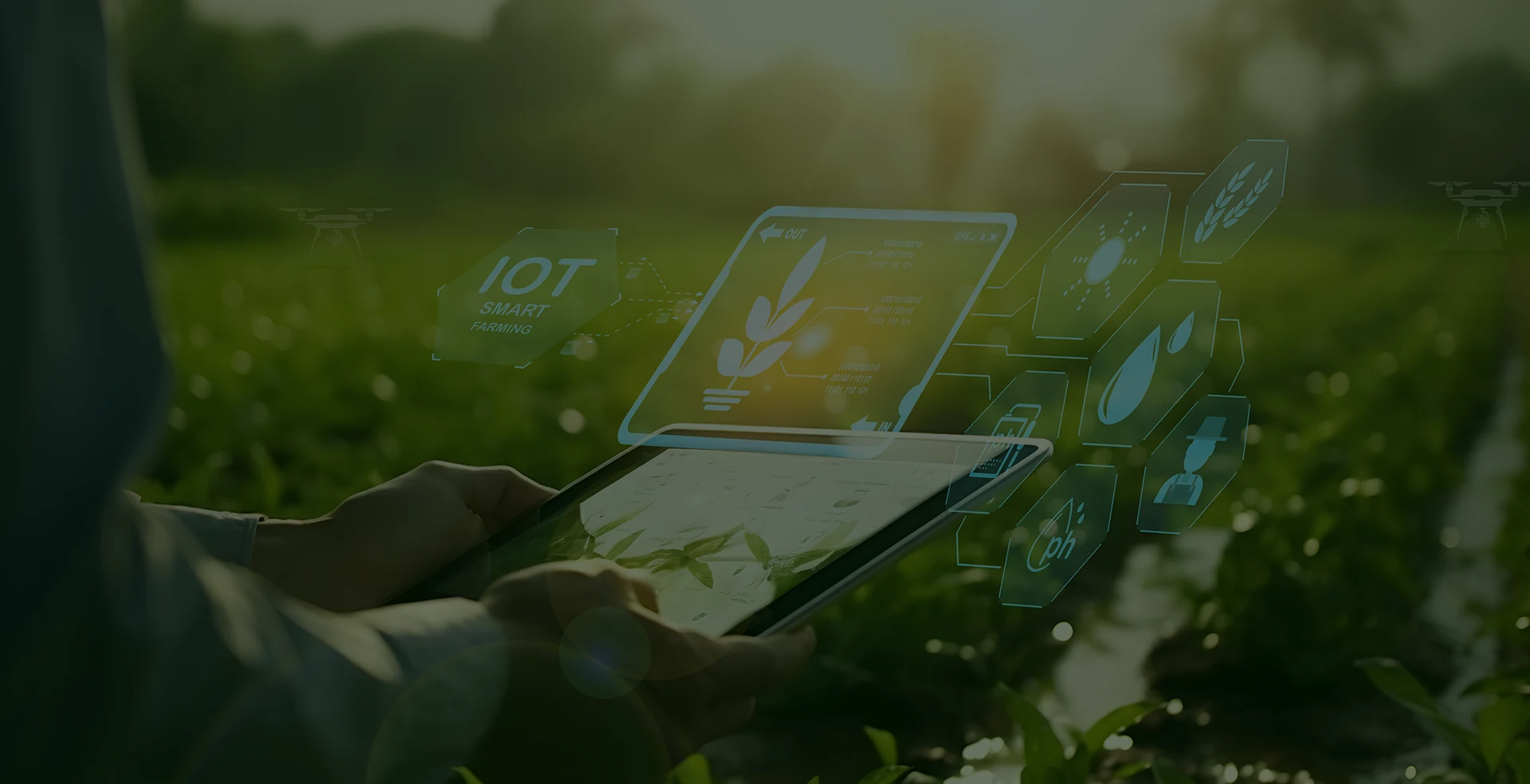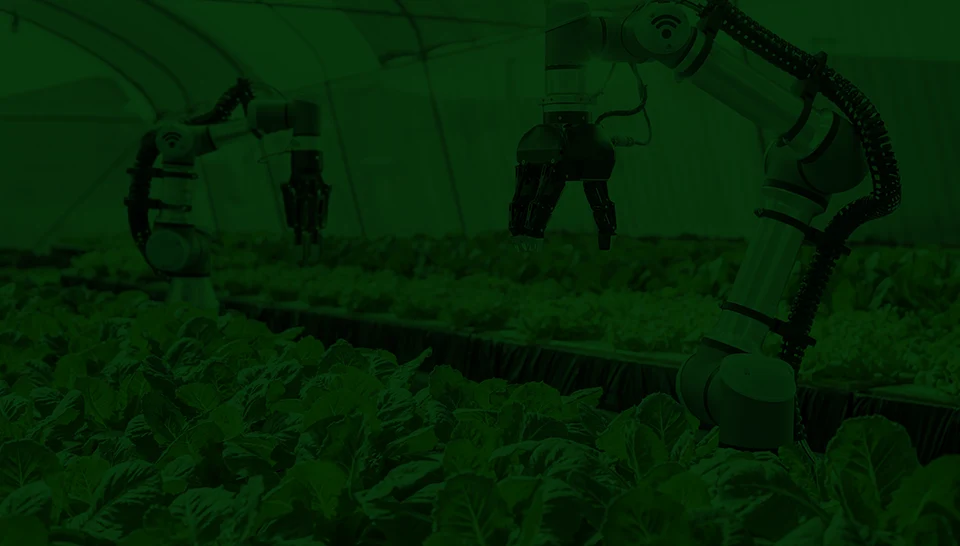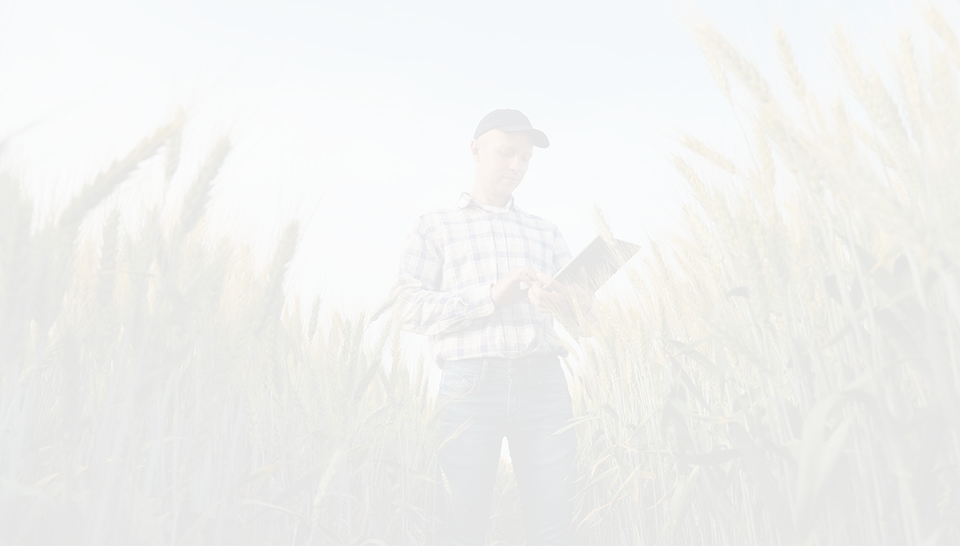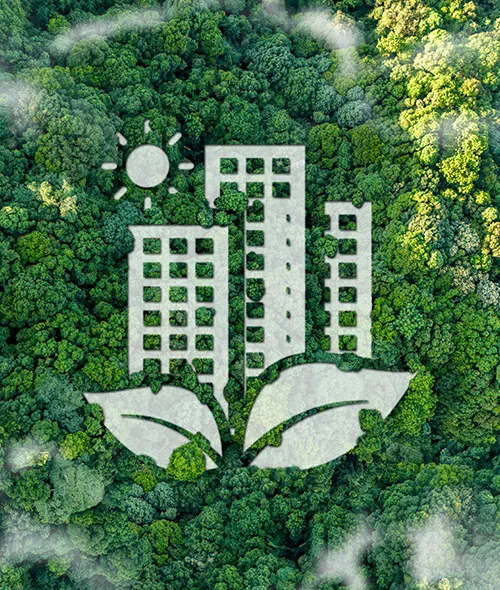The key links in industrial production
An industrial production chain consists of several interdependent stages: raw material procurement, transformation through industrial processes, assembly, quality control, packaging, and distribution. To be efficient, each stage must be perfectly synchronized with the others.
Emerging technologies transforming production lines
The digital transformation of production lines involves the integration of cutting-edge technologies such as artificial intelligence, the Internet of Things (IoT), augmented reality, and 3D printing.
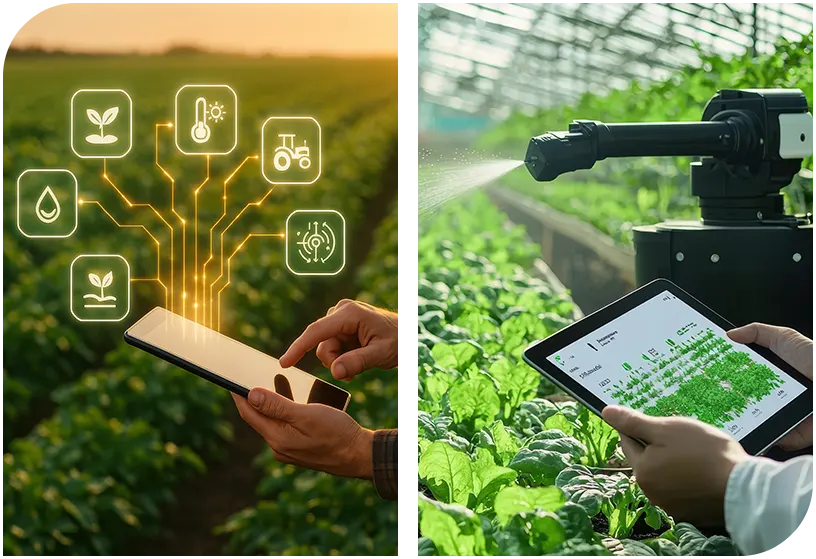
These tools enable real-time data analysis, failure prediction, immersive operator training, and on-demand production.
Molding
Pouring a material into a mold to give it shape by cooling or hardening. Used for plastic, metal, or automotive parts.
Machining
Removing material with machine tools to achieve a precise shape. Essential in mechanics and aeronautics.
Automated assembly
Joining several parts by screwing, welding, or gluing, often performed by robots for speed and precision.
Preventive and predictive maintenance of industrial machinery
To ensure machine reliability and avoid costly downtime, companies are adopting preventive and predictive maintenance. These approaches rely on regular monitoring of equipment condition, analyzing performance data, and scheduling interventions before major breakdowns occur.
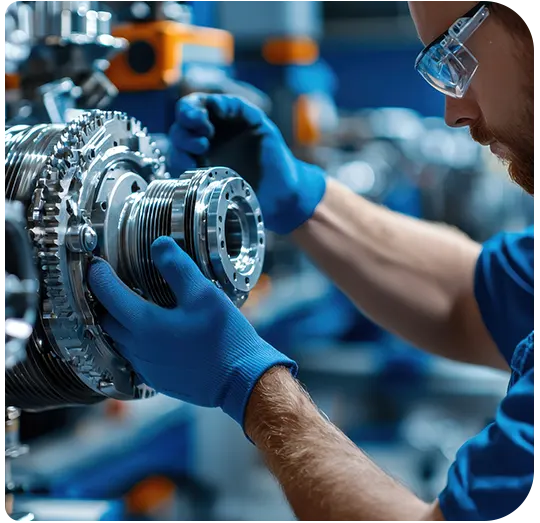



Key agricultural practices for fertile and productive soil
Maintaining soil fertility is essential to ensure abundant and sustainable harvests. Practices such as crop rotation, the use of natural compost, and agroforestry help preserve nutrients, improve soil structure, and promote biodiversity.
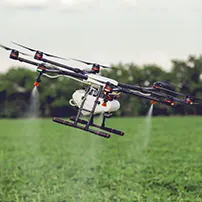
Precision agriculture
Using technologies (GPS, sensors, drones) to optimize irrigation, fertilization, and crop management.
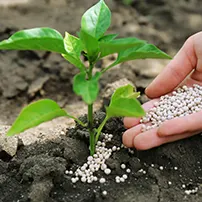
Crop rotation
Alternating different crops on the same plot helps preserve soil fertility and reduce disease, ensuring more productive harvests.
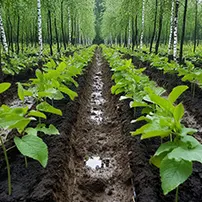
Agroforestry
Combining trees and crops to improve biodiversity, protect the soil, and increase yields.
Key levers of
eco-production
Adopting environmentally friendly practices is crucial to addressing current challenges related to climate change and resource conservation. Eco-production relies on several key levers, such as reducing polluting emissions, optimizing the use of raw materials, and integrating clean technologies.
Bioagriculture
Growing without pesticides or chemical fertilizers for healthy and sustainable food.
Green industry
Reducing ecological impact with clean technologies and resource efficiency.
Circular economy
Reuse, recycle, and recover waste to preserve resources.
